The COVID-19 pandemic accelerated consumers, globally, to take on more DIY roles as well as self-care for health and well-being. In addition, anxiety and stress are mainstream across demographics and have impacted the way people select and consume food, based on findings in the 2022 Food and Health Survey from the International Food Information Council (IFIC).
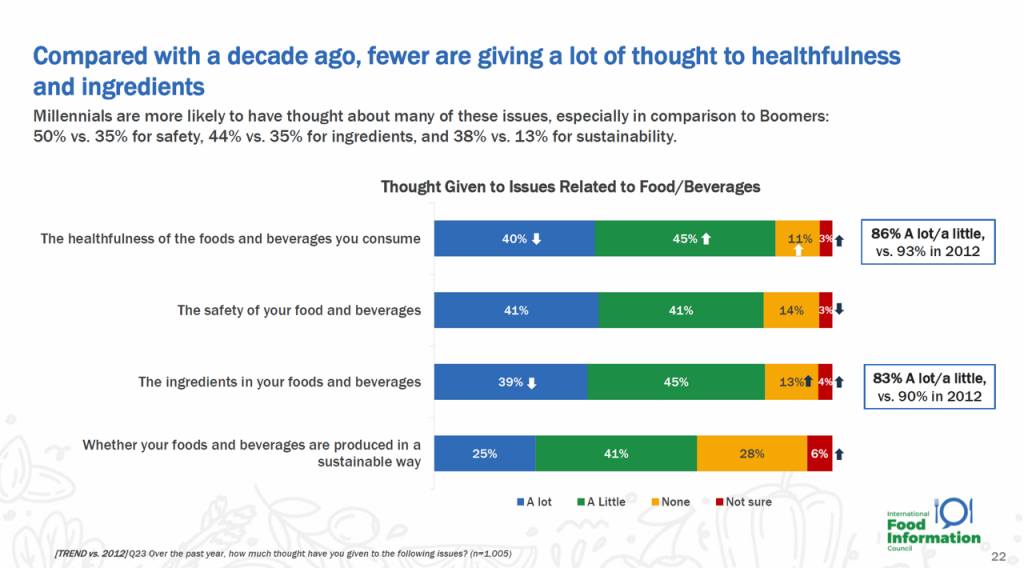
In this 17th annual consumer survey, IFIC points to two underlying macro trends that are re-shaping peoples’ relationship with food and health: the pandemic’s impact, and “significant” generational shifts in taste, consumption, and values about nutrition and sustainability.
Overall, compared with a decade ago, fewer people are thinking about healthfulness and ingredients, shown in the first chart from the study. The proportion of consumers giving “a lot” of thought to the healthfulness of food and beverages they consume fell by 40%, while those thinking about this issue “a little” grew by 45% over the past decade. That net shift was 93% of folks thinking about healthfulness of food (a lot + a little) down to 86% across all consumers.
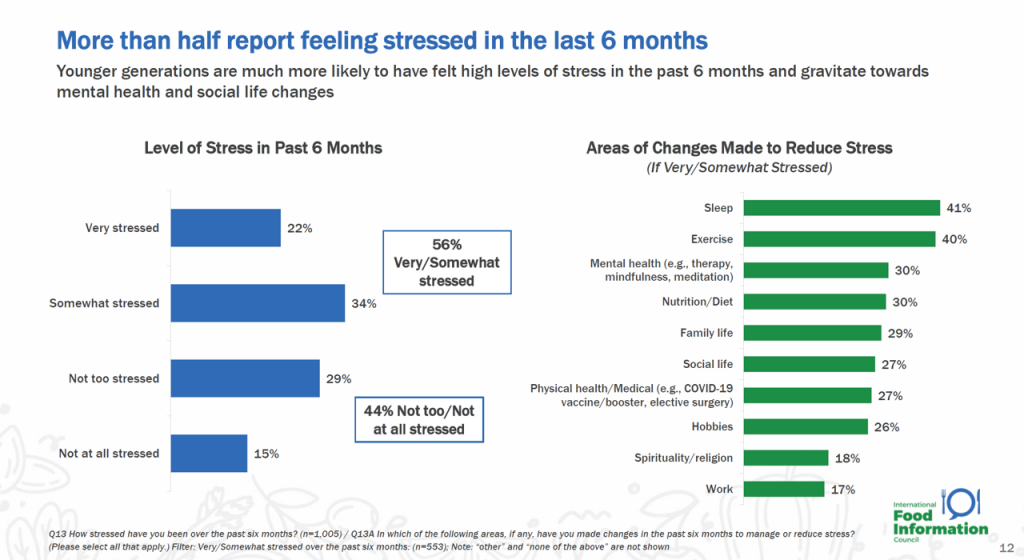
Stress plays a big role in this year’s study, after consumers have dealt with the coronavirus public health crisis, followed in Year 3 by historic inflation (especially for food) exacerbated by the Ukraine conflict and supply chain challenges.
Over 1 in 2 consumers said they felt stressed in the past 6 months (roughly October 2021 through March 2022), with 22% reporting being “very” stressed.
Among people who felt stressed (the 56% net sample reporting “very + somewhat stressed”), consumers looked to self-care strategies to alleviate their anxiety. Most commonly, folks changed their life-flows for sleep (41%), exercise (40%), mental health (via therapy, mindfulness, or meditation, 30%), nutrition/diet (30%, and social and family life (29% each), with other areas of change to deal with stress shown in the green bars of the second chart.
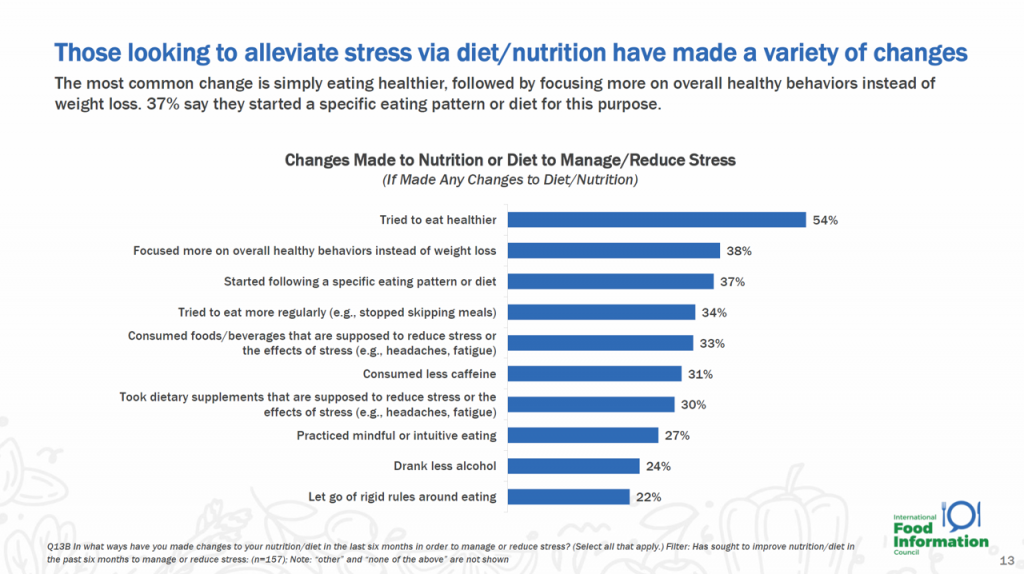
Making changes to food choices and consumptions played a role in dealing with stress. The most popular change to alleviate stress was to try and eat healthier, among 54% of people, followed by several approaches adopted by at least one-third of consumers:
- Focusing on overall healthy behaviors instead of weight loss
- Starting to follow a specific eating pattern or diet
- Trying to eat more regularly (instead of skipping meals), and
- Consuming foods and beverages that are supposed to reduce stress or its effects, such as headaches.
One in four U.S. consumers also chose to drink less alcohol to address stress.
Stress was also a factor driving snacking habits, IFIC found: 29% of people who have been “very” stressed in the past six months were snacking at least three times a day compared with 10% of people who were feeling only “somewhat” stressed.
IFIC polled 1,005 U.S. adults ages 18-80 for the survey, oversampling Gen Z consumers ages 18-24. The survey was fielded in March and April 2022.
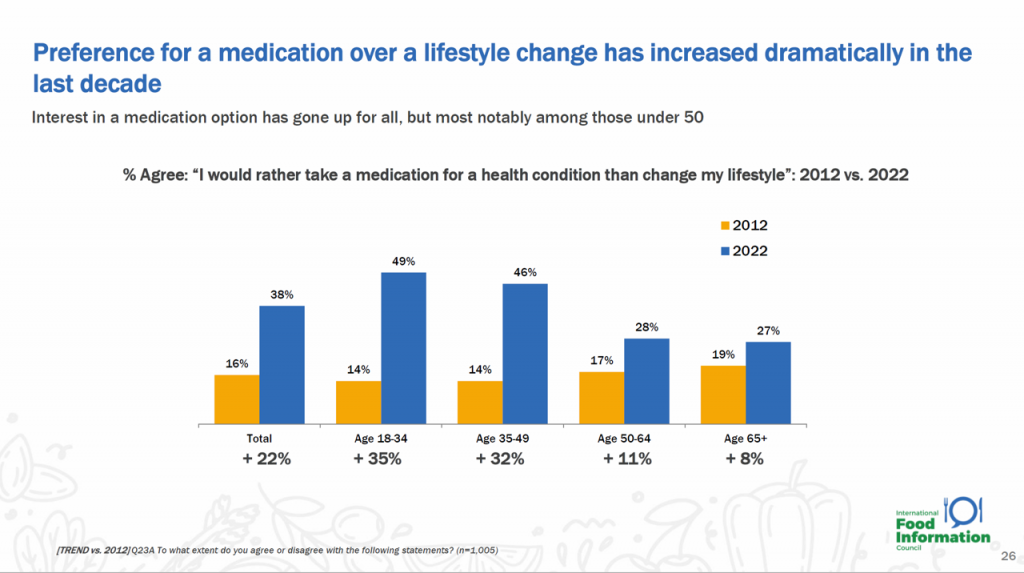
Health Populi’s Hot Points: To further assess the health and medical implications of the IFIC survey, let’s turn back to the first chart and contextual issue: that fewer people in the U.S. are thinking a lot about the healthfulness of food compared with ten years ago.
Now add into that statistic the one described in this last chart from the IFIC research: that consumers’ preference for a medication over a lifestyle change dramatically increased in the last decade.
This was especially the case for people under 50 years of age, nearly one-half of whom agreed that, “I would rather take a medication for a health condition than change my lifestyle,” a percentage of people growing from a minority 14% in 2012 to nearly 50% in 2022.
While more people who “diet” or follow a specific eating pattern grew, and more consumers are trying to add more protein to their daily nutrition habits, IFIC points out the duality and struggle:
“We’ve all wished we could take a magical pill as a shortcut to better health….and the younger the consumer, the more likely they were to seek that shortcut,”
IFIC’s press release noted. The Council looks to growing prescriptions for medication and dietary supplements addressing weight loss, along with growing direct-to-consumer (DTC) marketing.
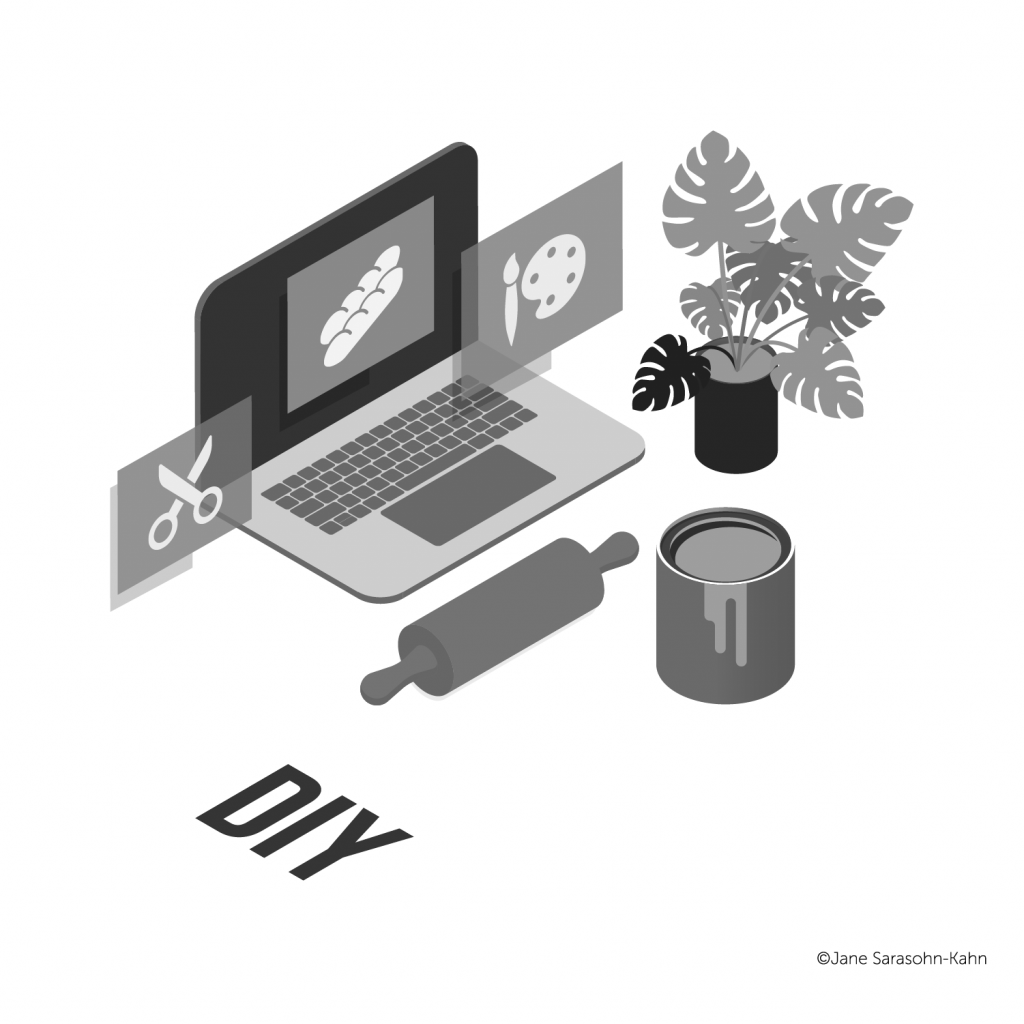
DIY and self-care cut both ways: people can feel, at once, empowered to make healthy decisions and access products and services through DTC and growing ecommerce channels. Patients-as-consumers and -payers can also access goods and services that help us alleviate stress and anxiety in the short term that make us feel good — which, say, snacking can do — along with indulgences such as alcohol and candy consumption and binge-watching streaming media content replacing time for physical activity.
IFIC’s research adds important insights into our understanding of the evolving health consumer, dealing with the ongoing public health crisis, social and civil unrest (nationally and globally), financial discomfort brought on by historic inflation (especially for food, and other basic necessities on our household and family hierarchies of need), and ongoing medical needs some people have postponed addressing. This is an opportunity in the expanding retail health ecosystem for grocery stores, retail pharmacy, and other community touchpoints to bolster and serve. THINK: registered dietician at the grocery pharmacy, nutritionists at the Y teaching kids to understand food labels, and clinicians prescribing produce and foodstuffs from the perimeter of the store.


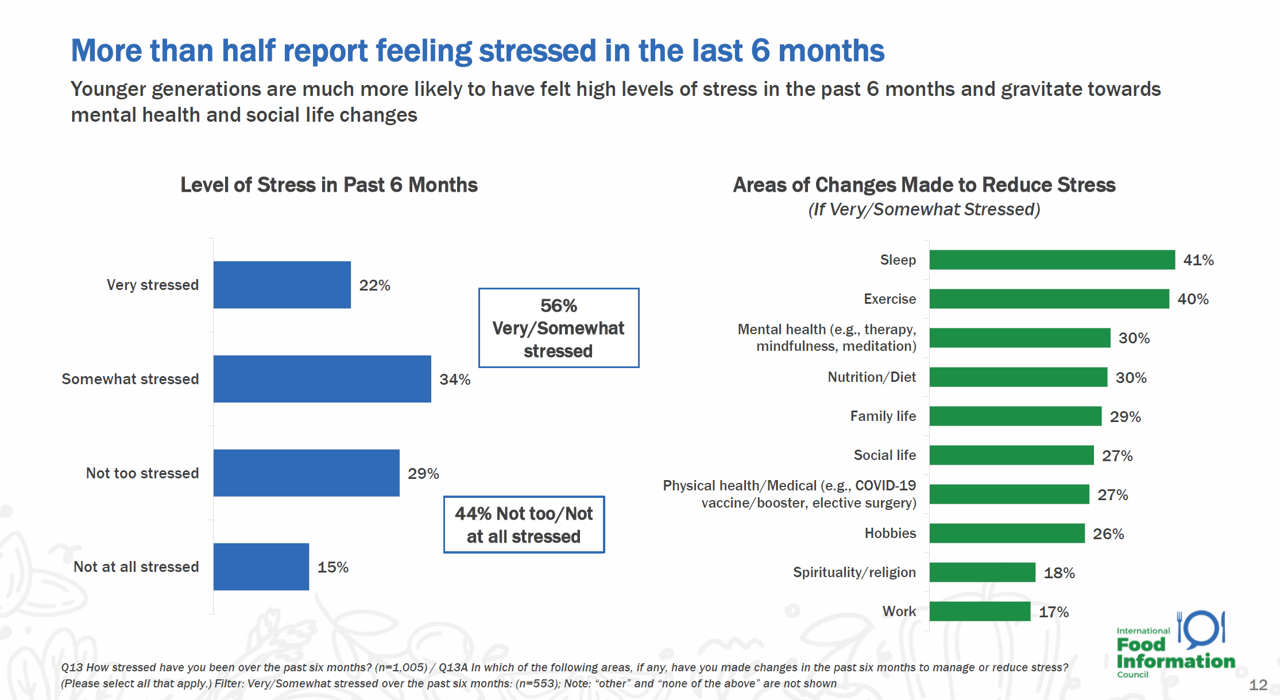


 Thanks to Feedspot for naming this blog, Health Populi, as a
Thanks to Feedspot for naming this blog, Health Populi, as a